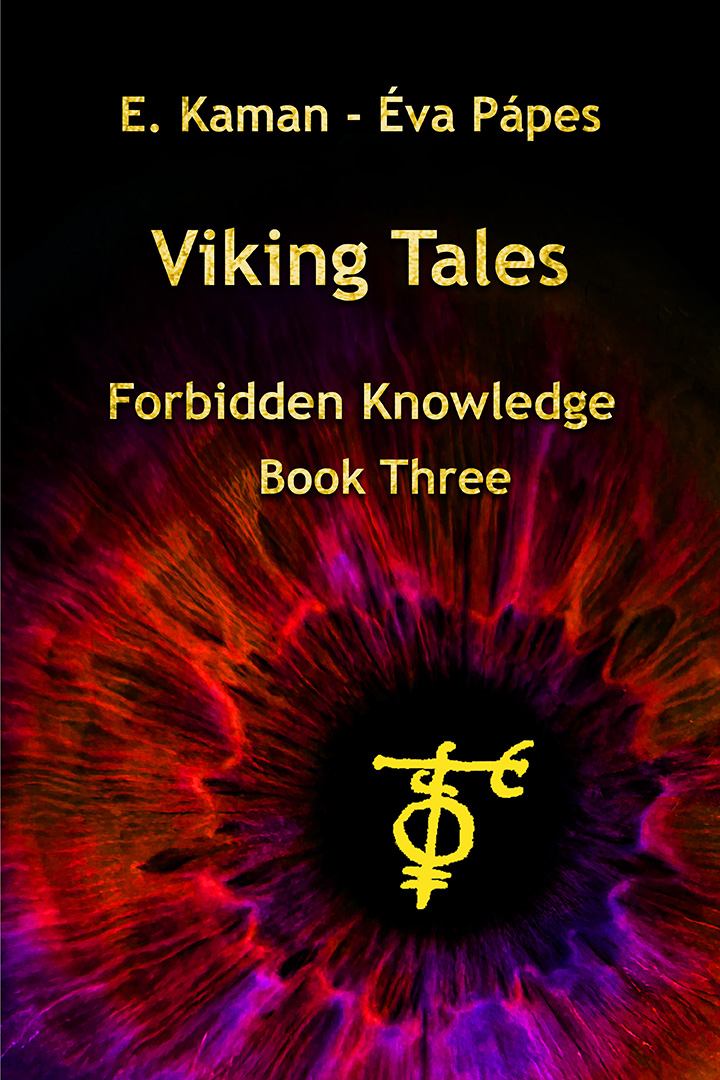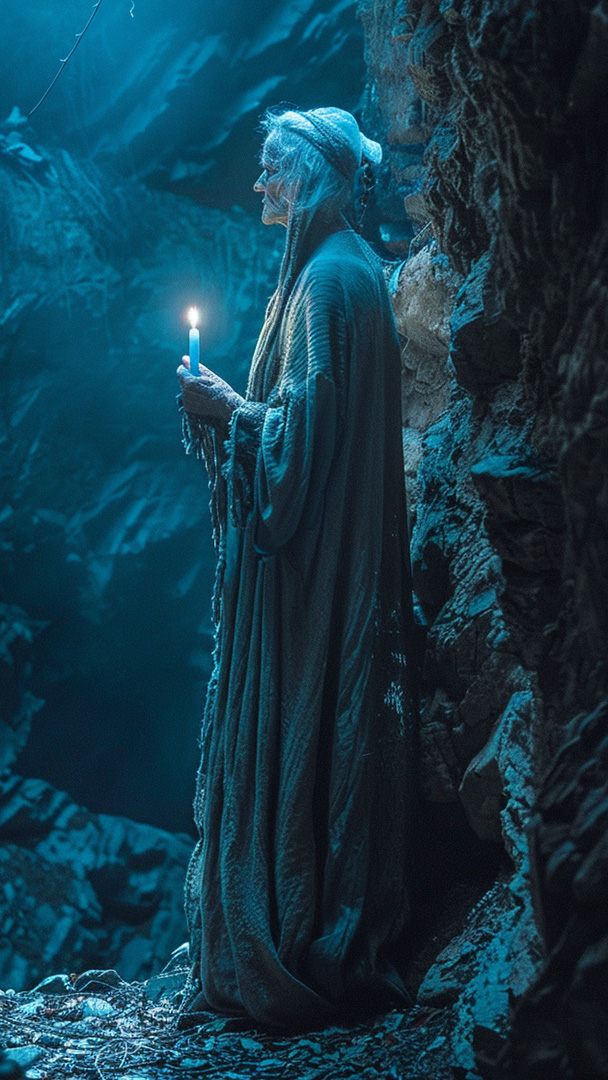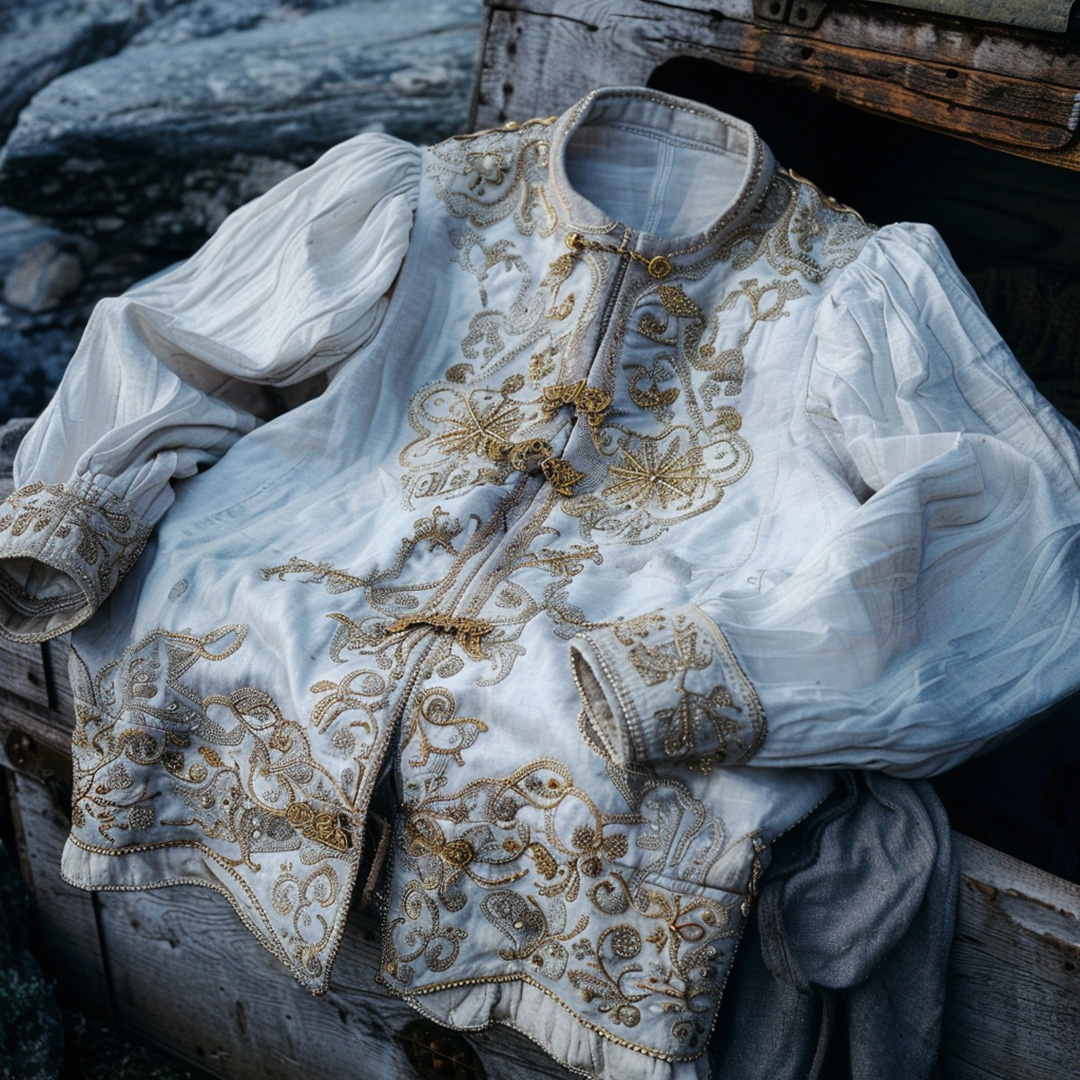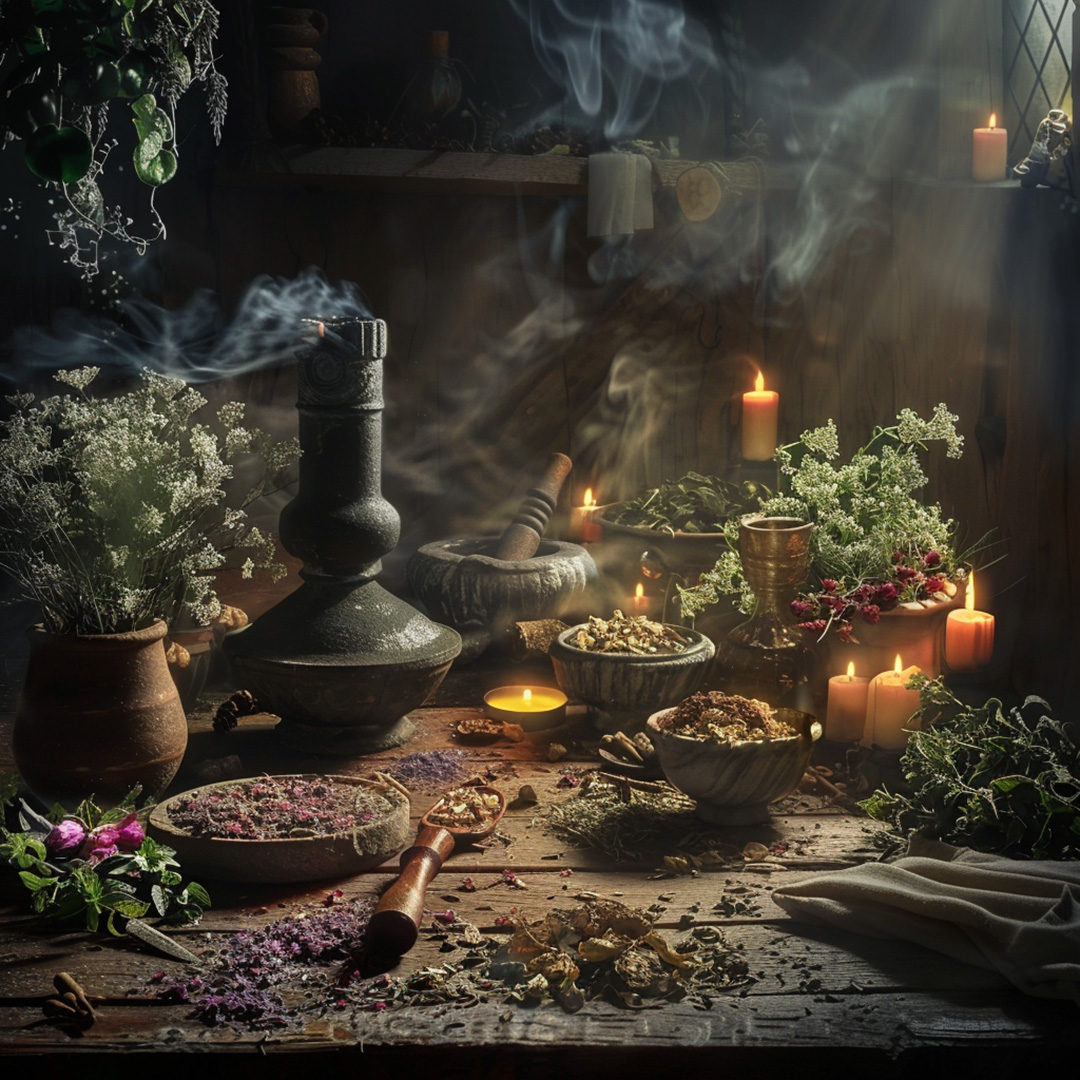
In the third book of the "Forbidden Knowledge" series, readers can embark on a captivating journey into the mysterious realm of Old Norse magic. Drawing from the rich source of Icelandic sagas, this volume presents forty plus one stories that provide insight into a world where the boundaries between the mundane and the magical blur.
The book is divided into fifteen chapters, each focusing on a different aspect of magic. From prophecy to soul travel, from healing rituals to weather magic, it offers a comprehensive overview of various practices. The chapters, containing one to five stories each, not only explore different manifestations of magic but also provide valuable insights into the cultural and historical context in which these practices flourished.
The divine women who knew the past and the future were called völur. The "Divination" chapter discusses the abilities and transformation of völur. Initially, they were divine beings with the power to see the past and the future clearly. However, their roles later transformed, becoming seeresses who performed prophecy for gifts or commissions.

The theme of "Soul Travel" explores unique visions, primarily used in prophecy. Soul travel occurs in a special state of consciousness where the seeress opens up to perception beyond reality. This state is often used in prophetic magic, and a saga excerpt presents the unique circumstances of such journey.
The "Battle Magic" chapter lists various magical practices developed for warriors aiming to achieve victory. Northern men often used different spells in war, such as curses or disarming spells, to gain an advantage over their opponents, or to protect the body from harm by weapons.
The "Protective Magic" chapter presents magical methods for defense against attacks. These spells serve to deflect or reverse attacking magic and often appear in the form of divine interventions or protective spells.
"Weather Magic" encompasses experiments to control or influence nature, such as inducing sea storms, snowstorms, hailstorms, avalanches, or fog. In one saga excerpt in this chapter, we witness a storm spell in action, paid for by two kings to rid themselves of their enemies.

"Healing Magic" focuses on the healing of body and mind, presenting divine interventions and methods of human sorcerers. The book lists various methods of healing, whether divine or human in origin.
One of the most intriguing stories in Norse sagas is shape-shifting, where individuals can transform into objects, animals, or other humans. "Shape-shifting Magic" focuses on mental transformation and assuming different forms, while exploring the identification with animals and the mystique of transformed states. These spells often occur in Norse mythology, and the book presents various saga details illustrating the nature and purposes of transformations.
Vikings were skilled in the art of deception as well. They created illusions to confuse their enemies or conceal their actions. In the "Illusion" chapter, we learn about the essence of illusion magic, which deceives the observer's senses, altering the perception of reality, for example, in warfare, robbery, or everyday life. Illusion is illustrated with three stories, including a sorceress named Skroppa and a classic ‘conjure away’ story.
Magic was often used to bind people or supernatural beings to a specific fate or condition.

The "Binding and Release" chapter reveals rituals used for binding and attempted release magic, which often had profound consequences. Through binding, individuals could impose their will on others without resorting to violence. Here we present the story of Vanlandi from the Ynglinga saga and the tale of Kormák and Steingerd, which deals with an unsuccessful release.
The "Affairs of the Heart" chapter examines a special type of binding magic: love magic. Love and desire were also strong motivators, so magic was often employed to influence romantic relationships, acquire or enchant desired partners. Two stories illustrate various forms and consequences of love magic.
Curses were considered potent weapons. In the "Curses" chapter, we explore how curses were used to harm or bring misfortune upon enemies, rivals, or those who wronged the caster.
Curses, as dark magic, have deep roots in human history and cultures. In the Viking world, curses were commonplace, targeting both individuals and objects. The hateful words of a curse alone reveal the desperation and exasperation behind the dark power. In other cases, curses stem from greed or cruelty, casting a shadow over generations of a family. Throughout the stories, we encounter various curses, illustrating the severe consequences of human malice and greed. Curses, like light and shadow, are an inherent part of human life, and it would be an illusion to believe that these contradictions ever vanish from human behavior.
Building upon the theme of curses, hexes were similar malicious spells aimed at causing suffering or destruction to their targets. The "Hexes" chapter recounts a lengthy story demonstrating the effective use of rune magic as a hex.

The art of potions represented a knowledge and power far beyond simple healing. In the sagas, this ability was often attributed to women, as it did not require strong physical strength or combat prowess, but rather serious knowledge and sensitivity. The making of potions and sorcery were often intertwined, such as the use of runes, weaving death into textiles, or encoding forgetfulness into drinks shown in the 'Herbalism and the Brewing of Poisons' chapter. Behind the poisoning stories told in the sagas, there is sometimes a mental battle lurking in the background, where invisible harmful intentions and their destruction are pitted between two equally knowledgeable parties.
In the "Hidden Motives" chapter, we examine cases where the motives behind the magic are not immediately clear at first glance.
The stories often depict complex situations where it's not easy to decipher why certain things happen and why certain steps are taken. The reasons remain obscure at first, as sagas mainly focus on exciting situations and suspense. Magic, erotica, revenge, and love are present in the texts, exerting as powerful an influence as in modern times, but the problem-solving techniques and philosophy of life significantly differ between the past and present cultures.
The chapter "The Clash of Minds" discusses conflicts and rivalries among sorcerers, sparked by professional challenges or personal animosities. This chapter explores how these conflicts were resolved or managed in the Viking Age. Two stories presented in the text depict clashes between two powerful sorceresses, who spare no effort in their battle to defeat each other. The chain of events leads to serious consequences, culminating in tragedy for one of the sorceresses.
Image Disclaimer
The images on this website are provided solely for illustrative purposes. They are not depictions of real objects or people and are intended to enrich the accompanying text.
These illustrations were created with the assistance of artificial intelligence. Please note that the images displayed are not directly generated by the AI; they have been individually edited and shaped from the original base images to align more closely with the website’s content and themes.